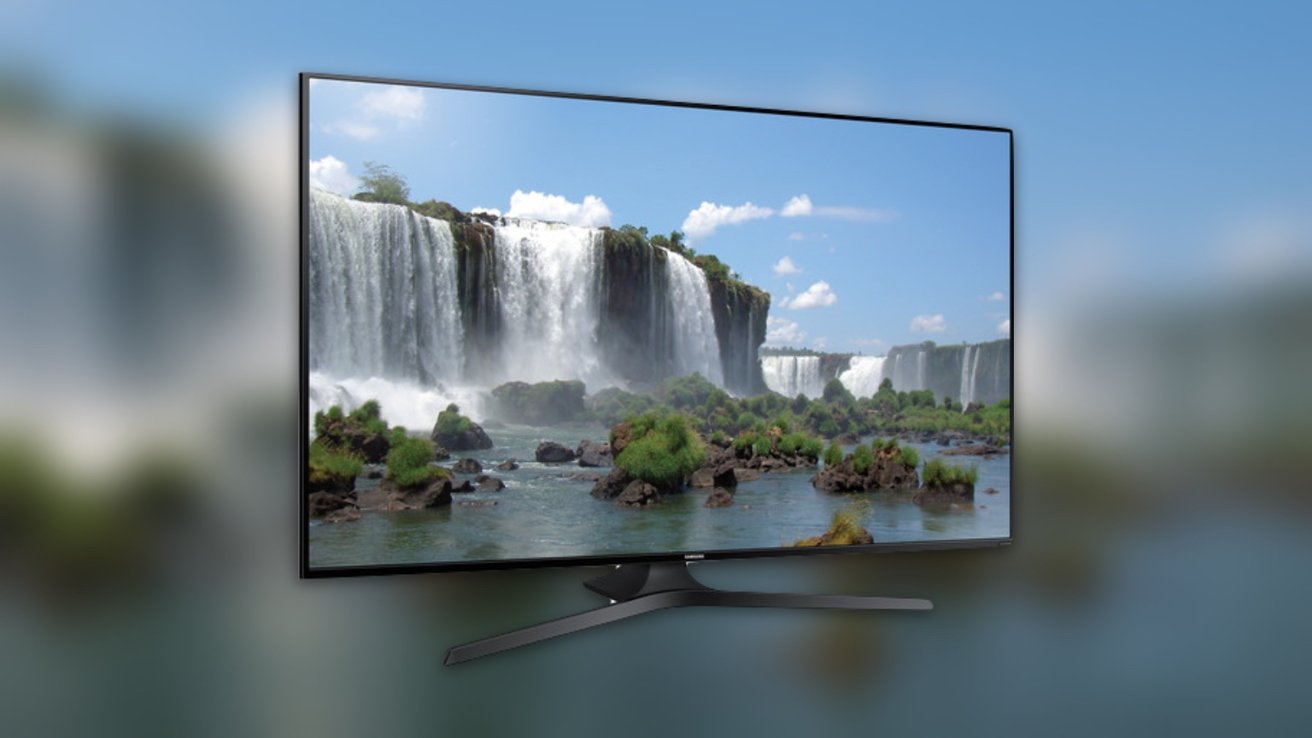As we head to his office on a hot Friday morning in Lagos, Tayo Oviosu, the CEO of Paga, likens himself to a duck—calm on the surface but paddling furiously underneath. A couple of days from when we meet, his fintech startup will turn 16. Paga is his life’s work and also the first word his son ever said.
What started as an agency banking platform in 2009 has evolved into an ecosystem of three businesses: Paga Engine, a digital infrastructure platform for financial institutions; Paga, a consumer-focused fintech similar to Cash App; and Doroki, a retail management platform designed to serve small and medium-sized businesses.
“We’ve evolved significantly since the pandemic,” Oviosu told . “ People still think of Paga primarily as an agent network, but we’ve grown into a world-class, highly scalable, multi-currency, digital payments and financial services engine.”
In 2024, Paga’s ecosystem processed 124 million transactions worth ₦8.7 trillion ($5.6 billion), over 30% of its all-time transaction volume and 40% of its total processing value. This year, the company is averaging over ₦1 trillion ($653 million) in monthly transaction volume.
Most of these transactions are driven by Paga Engine, the infrastructure that allows businesses to leverage Paga’s wallets, instant payments, and collection services. Meta, Cleva, Lemfi, and Omnibiz are some of the over 200 businesses currently relying on Paga Engine.
“Because we can hold funds, when money is sent to one of those wallets from any bank, the recipient gets it in under three seconds. No T+1, no T+2 settlement delays,” Oviosu said.
Why build an ecosystem?
Oviosu saw the need to build Paga’s ecosystem after hearing other founders describe challenges Paga had already solved internally.
“Three years ago, we decided that to make it simple for a billion people to access and use money, we would have to open up all our infrastructure to other third parties and enable them to build on that infrastructure,” he said.
While building a financial ecosystem is challenging and capital-intensive, requiring significant investment in licensing, staffing, and technology, it offers fintechs the best path to controlling transactions by reducing external interference and increasing their margins.
When a customer shops with a business using Doroki and pays from their Paga account, the money remains within Paga’s ecosystem, resulting in lower transaction costs and a smoother, faster payment experience for the customer.
“The first big lesson is that everything takes longer than you expect, especially when creating something entirely new,” Oviosu said, reflecting on his lessons from building Paga’s ecosystem. “Convincing people to pay from their phones took years. There’s always a behaviour change required, which takes time. Resilience and belief in your mission are vital because the stress of operating here is significant.”
That resilience has paid off for Paga’s consumer business, which targets the “mid to upper-end market” and is growing almost 200% in active users and revenue yearly. Rather than competing for Nigeria’s mass market—largely dominated by OPay, PalmPay, and Moniepoint—Paga is positioning itself alongside neobanks like Sparkle, focusing on more affluent users.
An ecosystem also provides a buffer when regulators take unexpected actions. In April 2024, Nigerian regulators banned five fintechs, including Paga, from onboarding new customers for six weeks. By establishing Doroki as a standalone business, Paga reduces its reliance on any single revenue stream, helping to safeguard the company against future regulatory disruptions.
Nowadays, Paga has revamped its know-your-customer (KYC) process, relying heavily on Nigeria’s national identity number (NIN) and bank verification number (BVN) and a face match using liveliness checks from Smile ID, which Oviosu said cut fraud dramatically. The fintech also verifies BVN and blacklists bad actors using an industry-wide fraud list.
What does the future hold for Paga?
Building on its recent growth, Paga plans to expand its consumer business into another African market in Q2 2025. The holding company is also raising capital after achieving net income profitability in 2024.
“We are raising capital to drive growth because we’re not yet in a place where our profitability can drive all the growth we want,” said Oviosu, a former vice president at Travant Capital Partners, a private equity fund. “We’re cautious about growth at all costs; we prefer disciplined growth.”
Last year, Oviosu told that he would prefer an acquisition over an IPO. It’s an opinion he still holds today, but he sees Paga completing a large private equity deal before a full exit.
“I still lean toward a strategic acquisition because it often aligns better with long-term strategy and reduces short-term public scrutiny. But right now, our priority is scaling,” he said.











